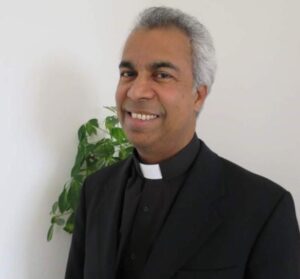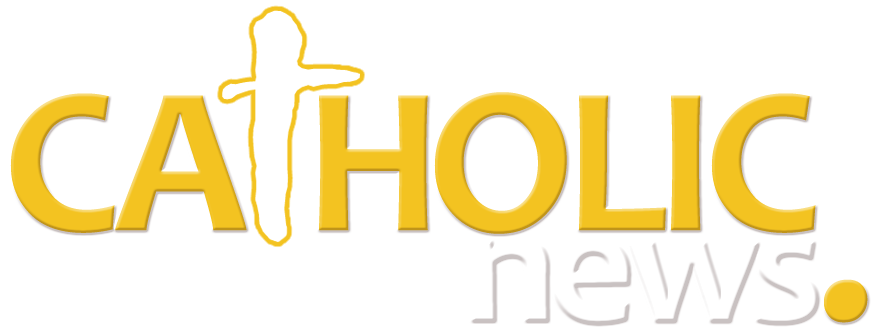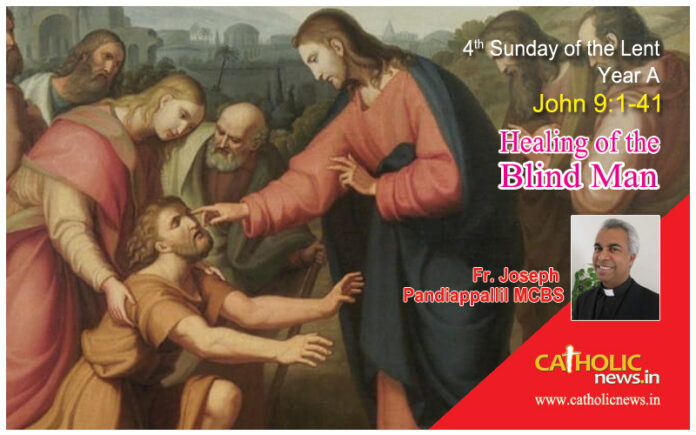
Fourth Sunday of Lent is called „Laetare“. The Latin word Laetare means „ rejoice“. We read in the book of Isaiah chapter 66 verse 10: „Rejoice with Jerusalem, and be glad for her, all you who love her; rejoice with her in joy, all you who mourn over her“. The reason for the joy is the experience of the work of salvation. We rejoice in the lent season because of our expectation in participating in the pascal mystery of Christ.
Another reason for the joy is that the half of the lent season is over. In the first three weeks of the lent the theme of the readings in the liturgy was sin and fault of the human. Since the theme of the fourth Sunday is joy the fourth Sunday is called as a little Ostern. Therefore the liturgical colour of this Sunday is rose.
Only twice in the year the vestments of mass have the rose colour: on the fourth Sunday in lent namely on Laetare and on the third Sunday in Advent namely on Gaudete. The fourth Sunday of lent is also called as rose Sunday. From 11th to 19th century the Pope blessed a golden rose and gave it to especially deserving persons and institutions on fourth Sunday of lent. The fourth Sunday of lent is also called as dead Sunday because in Europe the winter is dead by this time and the spring begins.
On 13th March this year Pope Francis celebrated his 10 year Jubilee as Pope of the Catholic Church. Media wrote and spoke very positive about the Pope that the people experience in him a humble and a popular Pope. His social attitude and the love for the poor and the needy impress the faithful. The social attitude of the Pope has influenced many Catholic dioceses, congregations, parishes and institutions to start movements accordingly in different levels. Jesus was such a person. He loved the poor and helped the needy, the sick and people with disability. Jesus did not disappoint any one who asked him a help. About such an incident we heard in today’s Gospel.
Jesus opened the eyes of a blind man who was born blind. He could see for the first time. He saw not only with eyes; but also with the heart. He recognised Jesus as the light of the world; as Messaiah, as the one who was to come. After opening the eyes of the born blind man, Jesus claimed before his audience that he was the light of the world.
Jesus worked this miracle in front of the people who believed that sickness and physical and mental disabilities are the result of sin. According to them it could be the result of the sin of the victim or of his parents or grand parents or of any close relatives. Even today there are people who think that sickness, disability, natural calamity or any disaster could be the result of sin or the punishment of God.
But Jesus gave a clear answer to this question. He said definitely that such problems are not the result of the sin of the victim nor the result of the sin of his parents. Jesus gave a new interpretation to the fact of physical and mental disability. According to Jesus it is to manifest the glory of God. That means such people and their relatives and friends are no way inferior to others. They are equal to others or even better than others. No claim on behalf of the physical and mental speciality gives one priority nor inferiority. As human all are equal before God and equal before the society. Human equality as children of God is the teaching of Jesus.
An important aspect in this incident is the criticism of the Pharisees against Jesus for healing on Sabbath. They interpreted the healing activity of Jesus as work. On Sabbath the Jews are not allowed to work. The enemies of Jesus used this law to accuse Jesus and to influence those who recognised Jesus as the Messiah. Out of fear of the Pharisees the Parents of the healed man refused to respond. But the healed man confessed his faith in Jesus. Therefore the Pharisees had cast him out. Jesus accused the Pharisees guilty because they could see and remain blind in spite of that.
Questions, answers, accusations, defence, and clarification are the features of this healing event. Many different persons involve in the event and many different themes are discussed in it. The purpose of the story was to affirm that Jesus is the Messiah and he could do miracle with the power of God. But miracle was not the proof for the Messiahship of Jesus.
There were many miracle workers during the period of Jesus. At that time there were miracle workers in different religions and in different cultures. Even today there are many healers and miracle workers in different religions and cultures. Therefore the purpose of Jesus and the evangelist and the message of Jesus during the healing are more important than the healing itself. Revelation of the glory of God through the miracles and through the physical and mental disability of the fellow human being is the new teaching of Jesus, the good news. It was a radical change in the human attitude and in religious in comparison with the Jewish faith of Jesus’ time.
Fr. Joseph Pandiappallil MCBS



